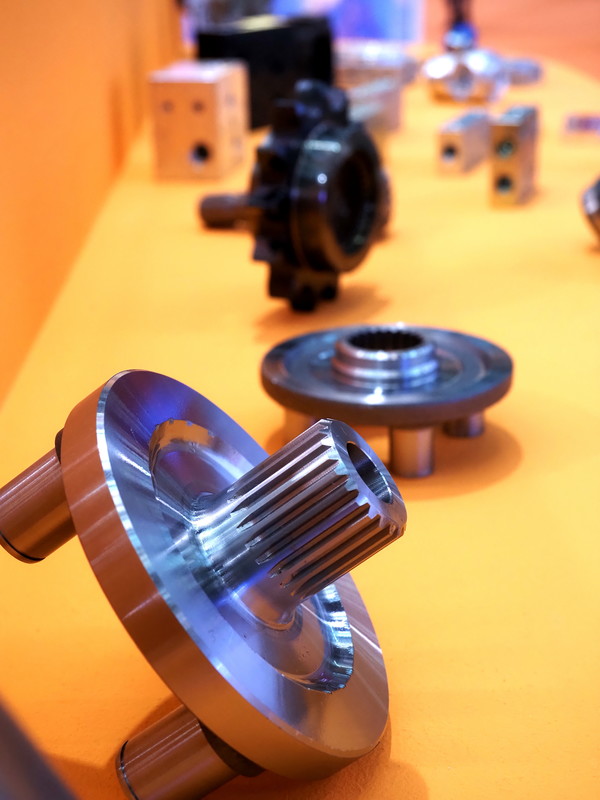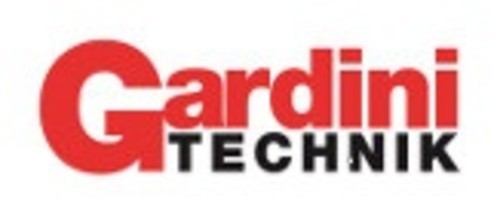
Club of Bologna, focus on spare parts and components
During the 30th Meeting of Club of Bologna, which took place in the frame of EIMA International, the deputy general manager of FederUnacoma, Fabio Ricci, presented the characteristics of the spare parts sector which in Italy - fourth European market – has a turnover of 670 million euros
With a value of 670 million euros, the Italian spare parts market is the fourth most important on the continent after France (first with 1.15 billion euros), Germany (second with 1.10 billion) and the UK (third with 840 million). This snapshot of one of the most dynamic segments of agricultural mechanics was taken by the deputy director of FederUnacoma, Fabio Ricci, at the 30th meeting of the Club of Bologna (the international organisation that brings together the top experts in agricultural mechanisation) held over two days (Friday 22 and Saturday 23 October) during EIMA International. The size and trend lines of the sector - Ricci pointed out - are determined by many factors, the most important of which is the economic dynamics of implements which, compared to self-propelled vehicles, generates the largest share of demand. But there are also other drivers that influence the trend in demand for spare parts - Ricci explained - such as the number of hectares of cultivated land and the number of tractors and agricultural machinery sold on the market in the last thirty-five years: the more numerous both these factors are, the greater the propensity of operators to purchase spare parts. Even the type of crops prevalent in a specific farming system can have significant effects on this propensity. Compared to specialised crops - FederUnacoma's deputy director emphasised - arable crops make a greater contribution to demand in the sector. The data on the segmentation of demand for spare parts, between genuine and non-genuine, are also interesting. From this perspective, the European continent appears to be split down the middle between north and south. While Northern European operators tend to favour original parts and components - in terms of share of the total, these range from 60% in Germany and France to 55% in the United Kingdom and Benelux - in the countries of the Mediterranean area, Italy and Spain tend to be on an equal footing. Again, the structure of demand is influenced by various factors such as the average income of farmers, the power and the average age of the fleet in use. "The higher the average income and horsepower, the greater the propensity to buy ‘branded’ parts. On the other hand, the obsolescence of agricultural equipment tends to shift demand to the market for non-original parts. In particular - Ricci added - we have observed that in the first two or three years of a machine's life, farmers prefer to use branded components, and then switch to 'unofficial' ones from the fourth or fifth year onwards. In Spain and Italy, the high demand for non-original spare parts therefore seems to reveal an agricultural scenario in which incomes are relatively lower than in Northern Europe, mechanical equipment is more obsolete and overall power is lower than in Northern Europe. Finally, the Club of Bologna meeting pointed out that the performance of the two market segments is influenced not only by the structure and characteristics of the various agricultural systems, but also by the production structure of the various regions. A widespread presence of distributors belonging to OEMs and a high number of (non-original) component manufacturers can determine a greater or lesser propensity of operators towards the branded spare parts market.








